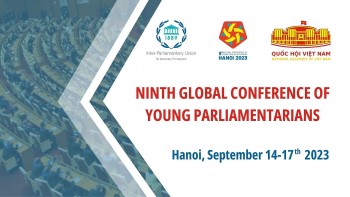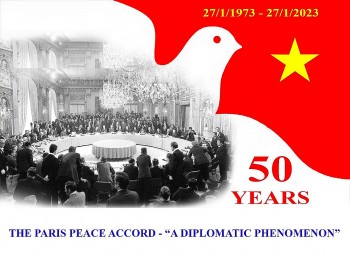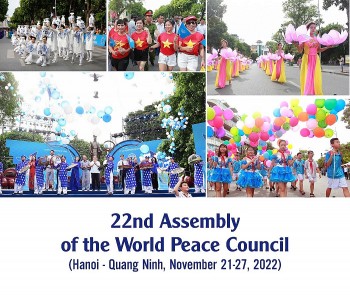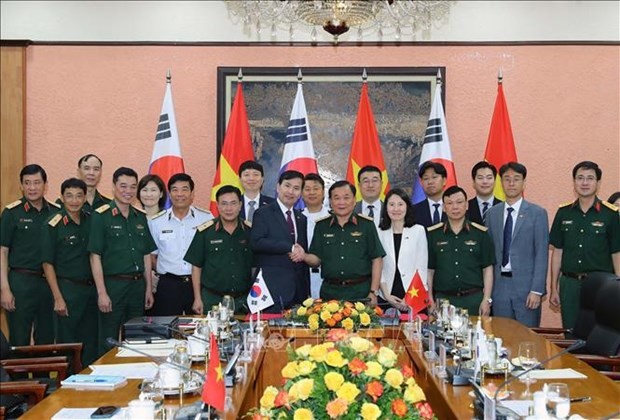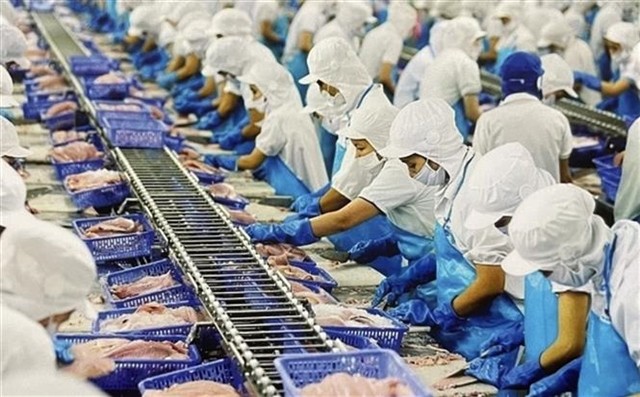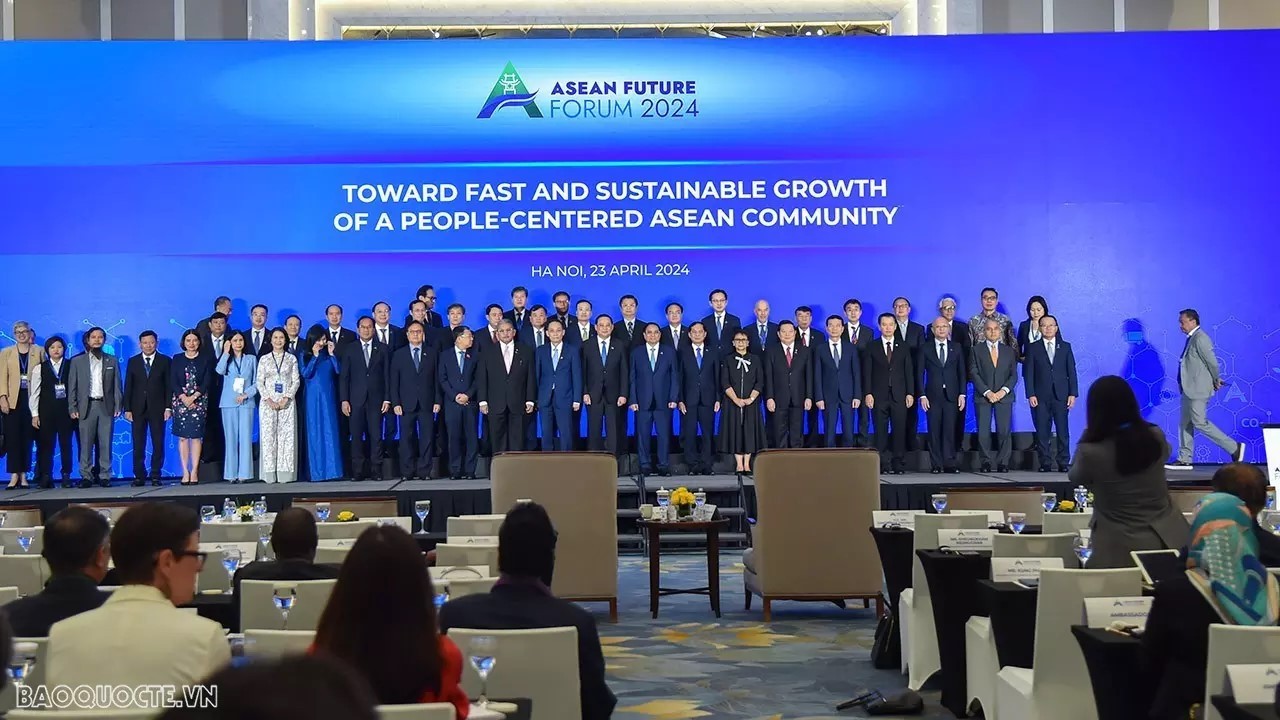WB forecast Vietnam to growth by more than 6% in 2016
(VNF) - According to a WB report released on April 11th (Hanoi time), growth in developing East Asia and Pacific has remained resilient in face of challenging global environment, and is expected to ease only modestly during 2016-2018.
This outlook is subject to elevated risks and countries should continue to prioritize monetary and fiscal policies that reduce vulnerabilities and strengthen credibility, while deepening structural reforms.
 |
“Developing East Asia and Pacific continues to contribute strongly to global growth. The region accounted for almost two-fifths of global growth in 2015, more than twice the combined contribution of all other developing regions. It has benefited from careful macroeconomic policies, including efforts to boost domestic revenue in some commodity-exporting countries. But sustaining growth amid challenging global conditions will require continued progress on structural reforms”, said Ms Victoria Kwakwa, incoming WB East Asia and Pacific Regional Vice President.
The Update examines the region’s growth prospects against a challenging backdrop: slow growth in high-income countries, a broad slowdown across emerging markets, weak global trade, persistently low commodity prices, and increasingly volatile global financial markets.
Among the large developing Southeast Asian economies, the Philippines and Vietnam have the strongest growth prospects, both expected to grow by more than 6% in 2016. While growth of Indonesia is forecast at 5.1% in 2016 and 5.3% in 2017, contingent on the success of recent reforms and implementation of an ambitious public investment program.
Several small economies, including Lao PDR, Mongolia, and Papua New Guinea, will continue to be affected by low commodity prices and weaker external demand. Cambodia’s growth will be slightly below 7% during 2016-2018, reflecting weaker prices for agricultural commodities, constrained garment exports, and moderating growth in tourism.
Developing East Asia and Pacific faces elevated risks, including a weaker-than-expected recovery in high-income economies and a faster-than-expected slowdown in China. At the same time, policy makers have less room to manoeuver in setting macroeconomic policy.
According to Mr Sudhir Shetty, Chief Economist of the WB’s East Asia and Pacific Region, countries should adopt monetary and fiscal policies that reduce their exposure to global and regional risks, and continue with structural reforms to boost productivity and promote inclusive growth.
Slower-than-expected global growth could weaken demand and reduce growth in developing East Asia and Pacific, especially among commodity exporters.
The Bank also calls for close monitoring of economic vulnerabilities, particularly those associated with high levels of debt, price deflation, and slower growth in China, and high corporate and household debt in some other large economies. In addition, the region should be prepared for natural disasters, which pose a substantial risk for Pacific Island countries.
Over the longer term, the Report calls for Governments to boost transparency and strengthen accountability by urging countries to reduce barriers to regional trade, such as non-tariff measures and regulatory barriers, including trading in services.
Besides, it stresses that the benefits from the digital revolution will be maximized by developing regulatory regimes that favor competition, and by helping workers adapt their skills to the demands of the new economy.
The twice-yearly Update is the WB’s comprehensive review of the region’s economies./.
( VNF )
Most read
Recommended
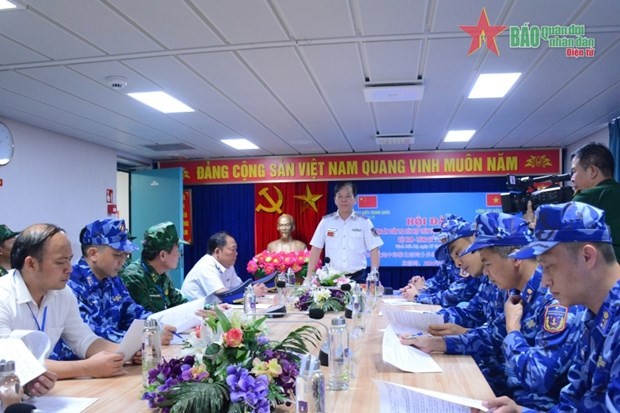 National
National
Vietnam News Today (Apr. 26): Vietnam, China Conducts Joint Patrol Along Demarcation Line in Gulf of Tonkin
 National
National
Vietnam News Today (Apr. 25): Vietnam Emerges As Fastest Growing Digital Economy in ASEAN
 National
National
ASEAN's Robust Youth - The Key to the Region's Future Success
 Focus
Focus
Foreign Minister Highlights Significance of Geneva Accords
Popular article
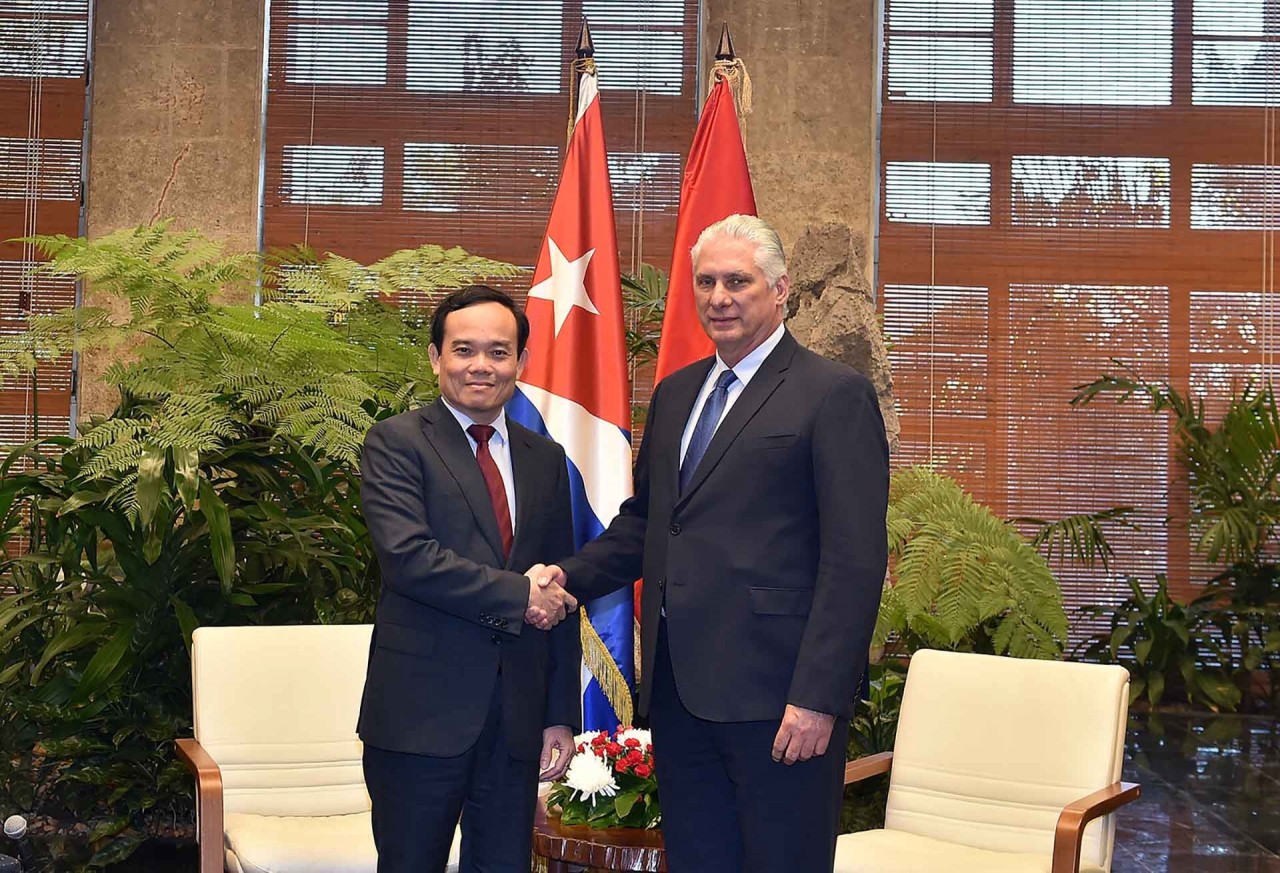 National
National
Deputy Prime Minister Tran Luu Quang's Visit to Cuba And Venezuela Deepens Relations
 National
National
Vietnam News Today (Apr. 24): Vietnamese And Chinese Localities Seek Stronger Cooperation
 National
National
Dien Bien Phu Victory - A Proud Example of Vietnam's Military Might
 National
National

